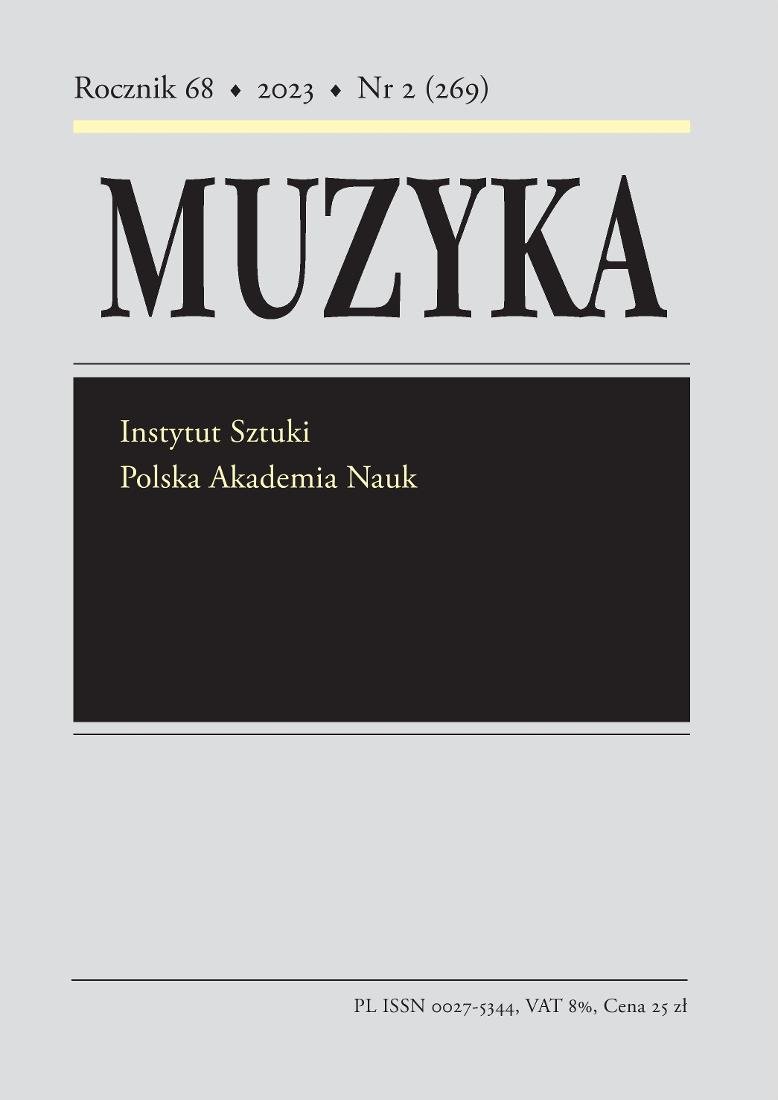Najstarszy zapis dwóch pieśni maryjnych: „Cesarzewno, królewno Niebieska” i „O przenasławniejsza Panno” w późnośredniowiecznym rękopisie dominikańskim PL-Wn 8091 III
The Earliest Record of Two Marian Songs: ‘Cesarzewno, królewno niebieska’ and ‘O przenasławniejsza Panno’ Found in a Late Medieval Dominican Manuscript, PL-Wn 8091 III 150
Author(s): Dominika GrabiecSubject(s): Music
Published by: Instytut Sztuki Polskiej Akademii Nauk
Keywords: medieval manuscripts; Dominican manuscripts; Marian songs; Old Polish poetry; Bolesław Erzepki; Tablature of Joannes of Lublin
Summary/Abstract: Despite long tradition of research on Polish medieval songs, sources that were either unknown or went unmentioned in the literature of the subject are still being unearthed. One such a source is the Dominican sequentiary from the National Library of Poland (shelf mark 8091 III, formerly BN akc. 6477), dated to the late 15th/early 16th centuries, most likely of Silesian provenance. The last page of this manuscript (fol. 172v) contains texts of two Polish Marian songs: Cesarzewno, królewno niebieska (Emperor’s Daughter, Heavenly Princess) and O przenasławniejsza panno czysta (O Most Famous and Pure Virgin). Previously these two songs were only known from a 19th-century copy by Bolesław Erzepki, while a longer version of the latter, copied by Wacław Aleksander Maciejowski, was also published in 19th-century Petersburg. Musical settings of these songs have been found in 16th-, 17th-, and early 18thcentury sources such as the Tablature of Joannes of Lublin, Benedictine Nuns’ Cantionals from Staniątki, and one of the musical volumes of Warsaw’s Literary Confraternity, which testifies to the considerable popularity of these compositions. Though these songs have frequently been mentioned in writings dedicated to Polish medieval poetry and the Marian song repertoire, none of the authors to date has noted what seems to be the oldest handwritten record of these songs’ texts, contained in the sequentiary from the National Library. The versions recorded in that source bear striking resemblance to Erzepki’s transliteration and transcription, which suggests that he copied them from this particular manuscript.
Journal: Muzyka
- Issue Year: 68/2023
- Issue No: 2
- Page Range: 142-150
- Page Count: 9
- Language: Polish

